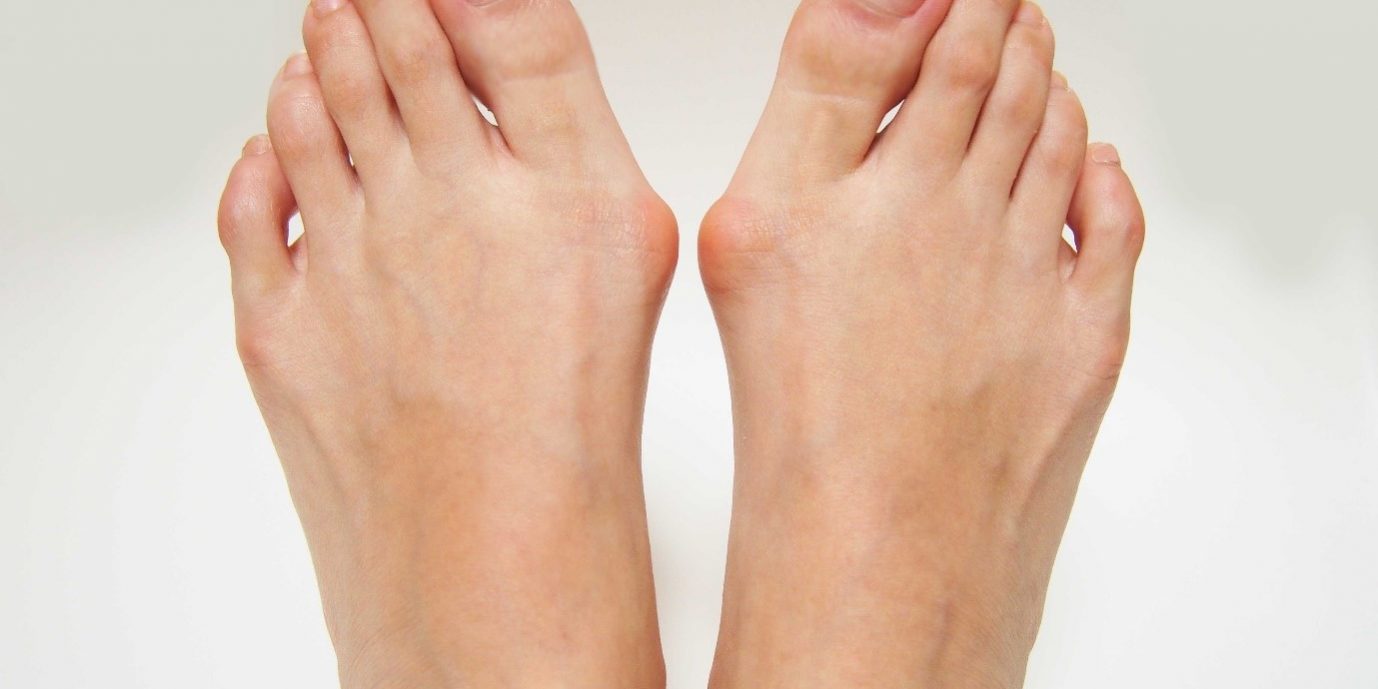Breastfeeding is a learned skill. Generally, mothers may require additional breastfeeding support while learning how to breastfeed. Sometimes, it may require the most common assistance to learn how to breastfeed and attach the baby to ensure they are able to feed the baby comfortably and then the baby has transferred milk successfully.
If breasts are large, you may want to locate a rolled-up towel beneath your breast to keep your baby’s mouth with the nipple. Increasing breastfeeding duration is an acknowledged health priority. The breastfeeding position is the most useful for a baby who is breastfeeding well.
It is essential that your baby is positioned in a way that enables you to get all the milk and good positioning helps to prevent sore nipples.
The major importance of positions for breastfeeding for mother is that she has to always feel comfortable.
Cradle Position
The common breastfeeding position is the cradle hold. The mother’s arm supports the baby at the breast and the baby’s head is cradled near her elbow and her arm supports the baby over the back and neck. Finally, the mother and baby should be chest to chest.
Cross-cradle Position
On the other hand, the cross-cradle position uses the opposite arm along with the back of the baby’s head and mother holds the baby’s neck by her hand. Her other hand supports and shape the breast if needed. Mother can guide the baby to the breast easily in this position.
Side-lying position
The mother lies on her side and faces the baby and then the baby’s mouth is in line with the nipple. It will be a more beneficial one for the mother who has undergone a cesarean section.
The advantage of the position is doing need to get up to reposition your baby on your other breast. You have to place a pillow under the baby to elevate him until he is parallel with your upper breast and lean over farther to bring the upper breast to him.
Clutch Position
The baby is faced at the mother’s side and their feet and body ruffled under the mother’s arm. Then the mother hand holds the baby’s head. You may also rest on a pillow with this hold.
It may be advantageous for a mother who has undergone a cesarean section since it places limited weight on the mother’s abdomen and chest area.
If the baby’s head is fully supported, this position may also work for low-birth-weight babies or babies that have latching trouble
Once you positioned comfortably, you can hold your baby in various ways. While before leaving the hospital, you have to practice breastfeeding and try several positions for yourself and your baby and consult your doctor and nurse t0 check your technique.
These are the absolute ways to hold your baby for breastfeeding. So every mum should find the positions that work well for them. Are you a first-time breastfeeding mother> you may follow these things that will be very helpful for getting started




